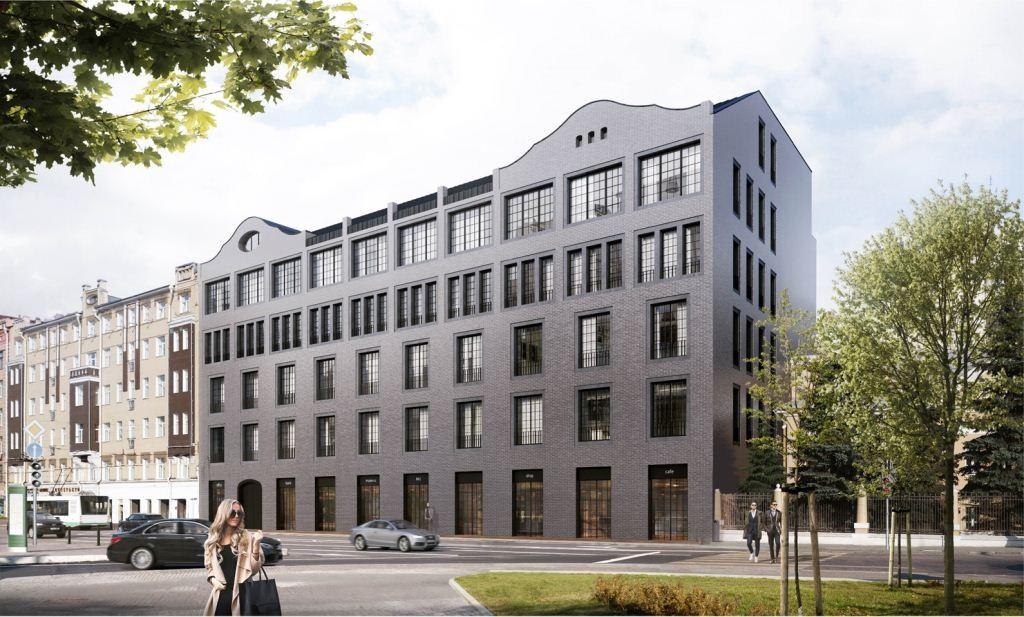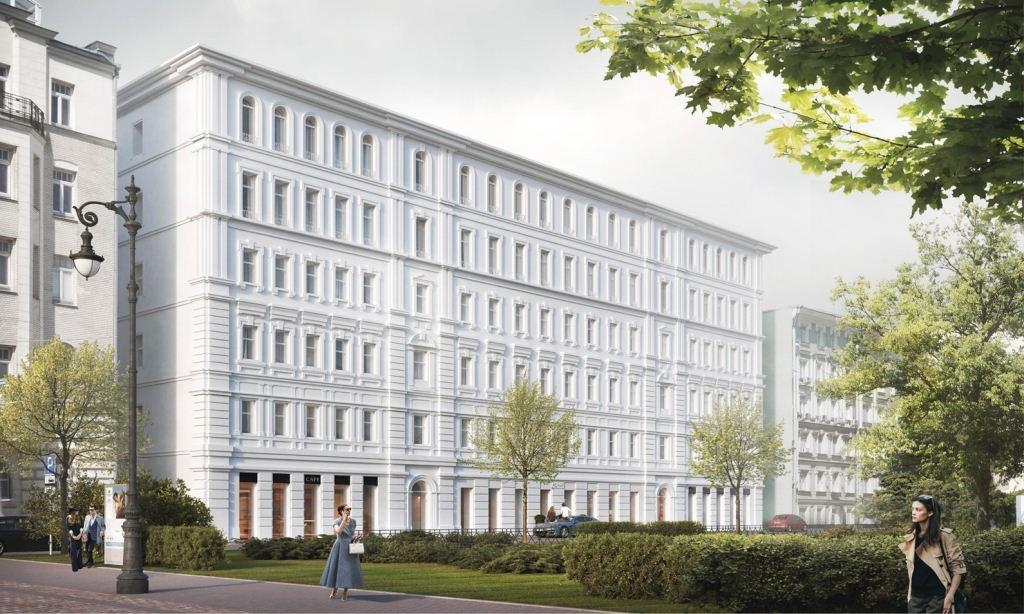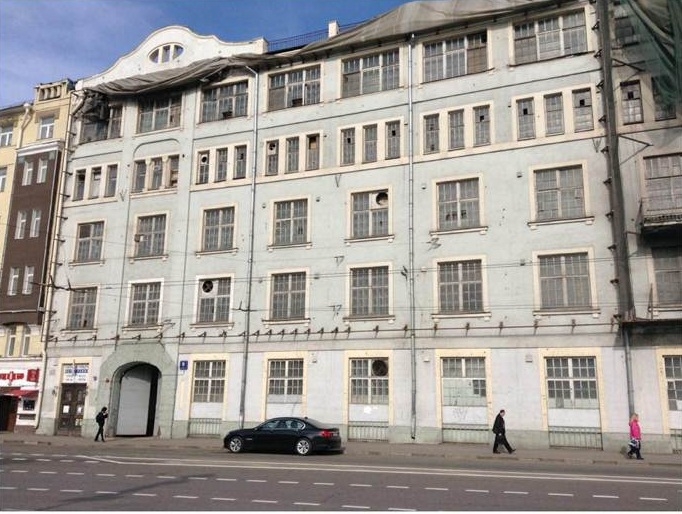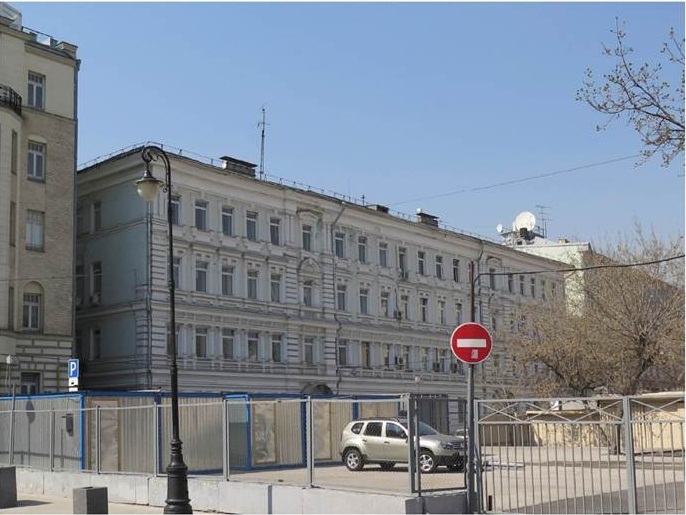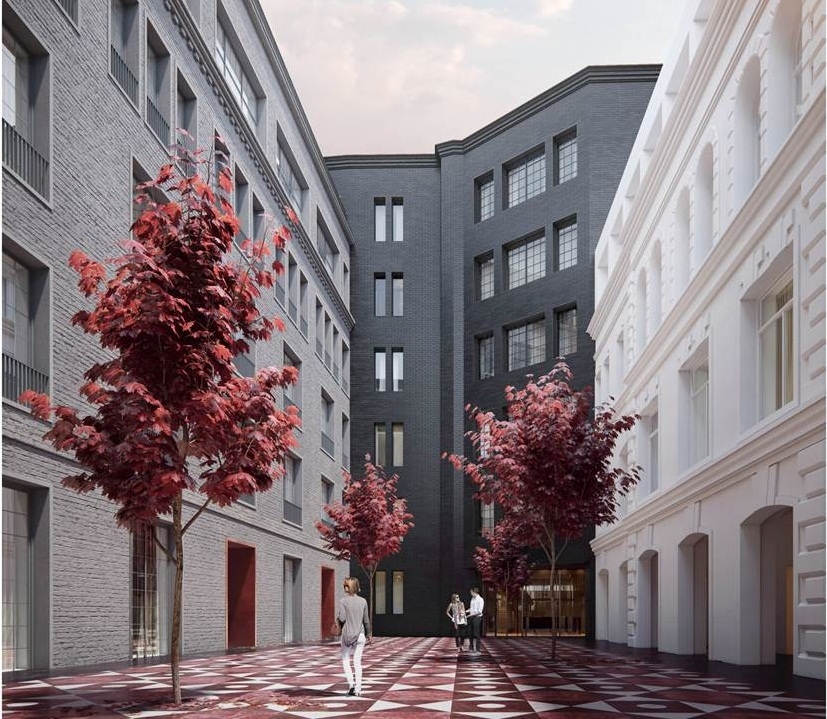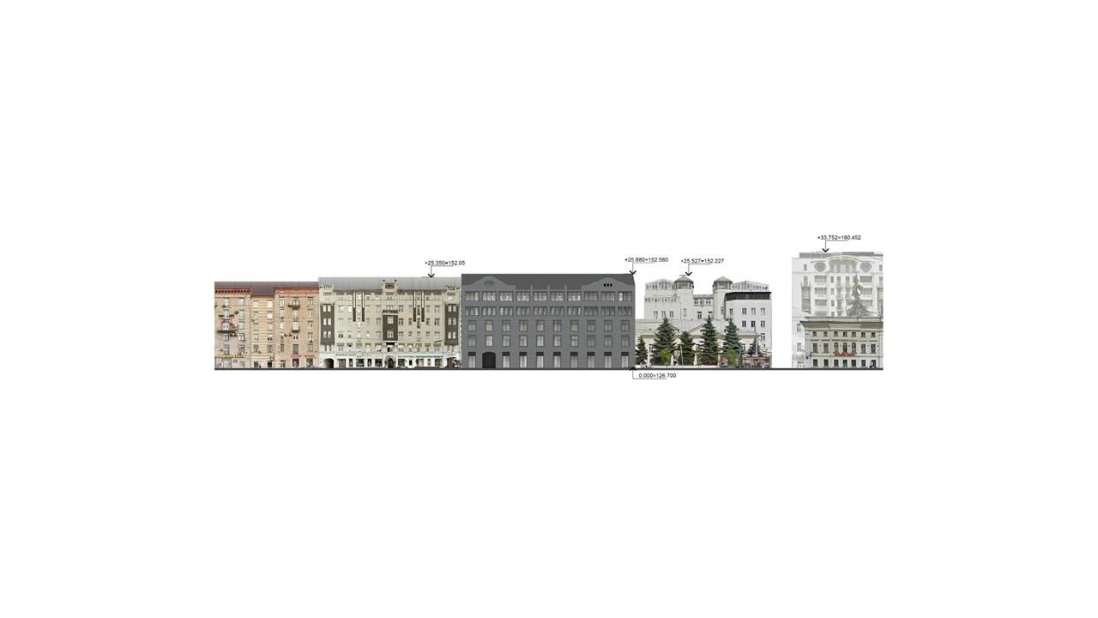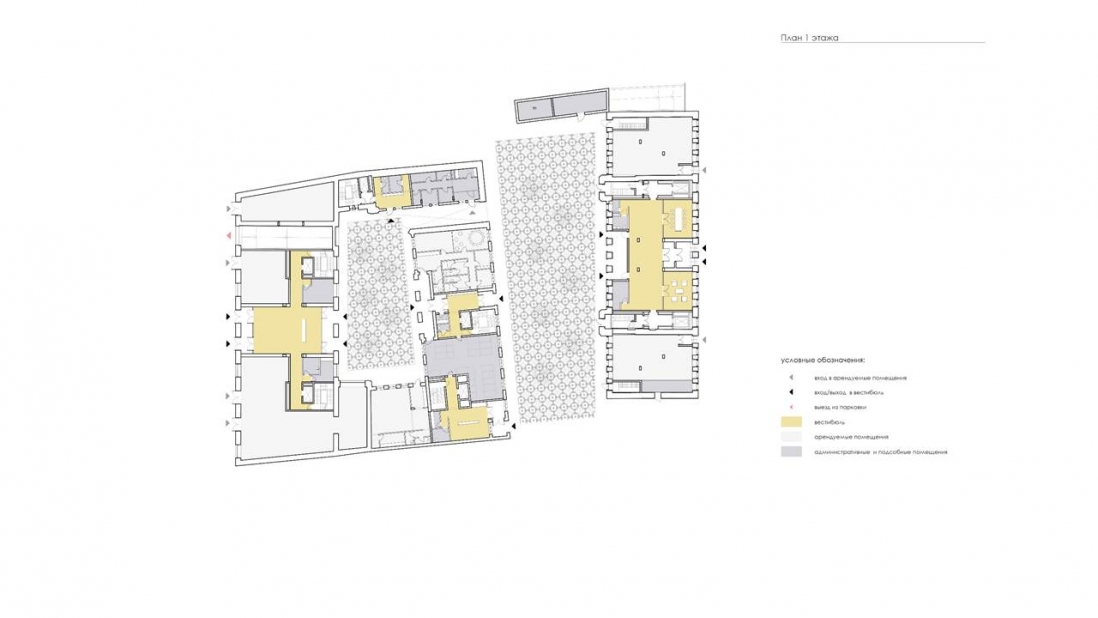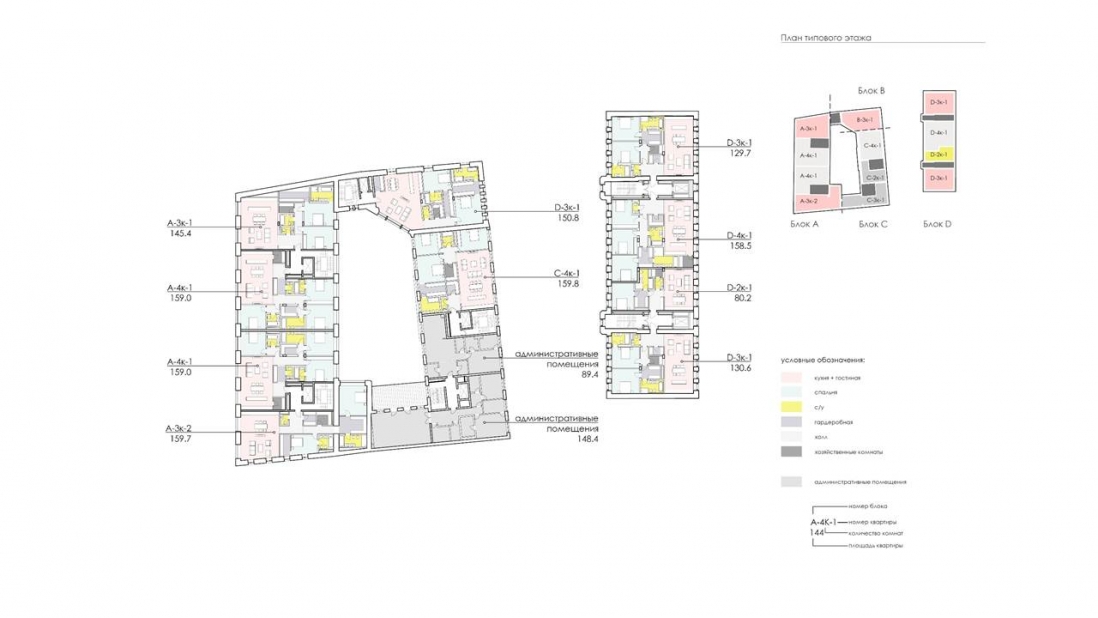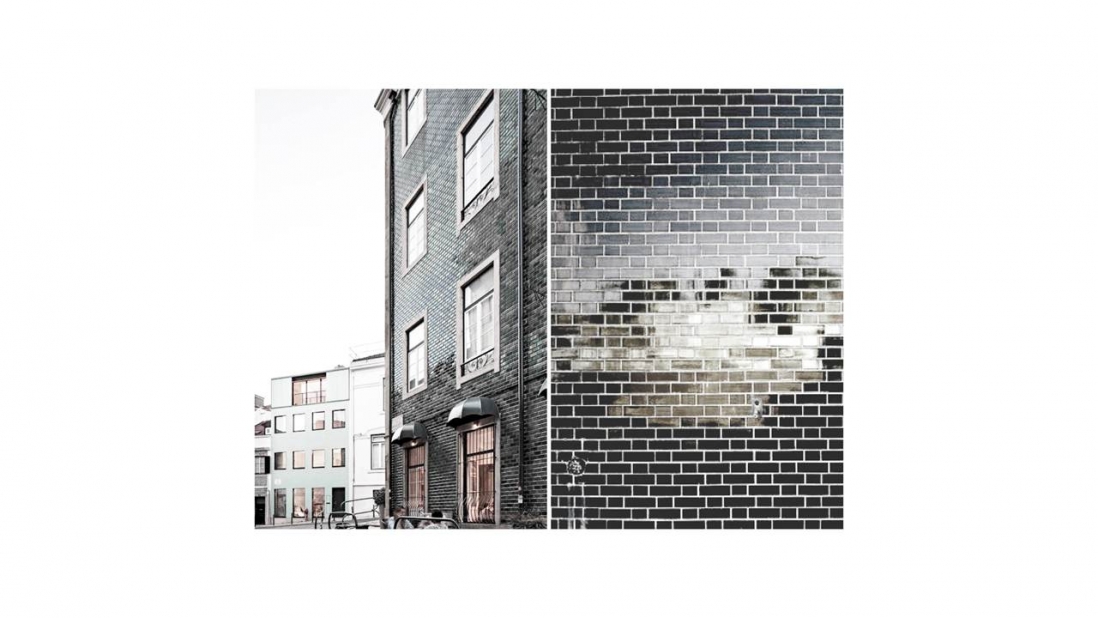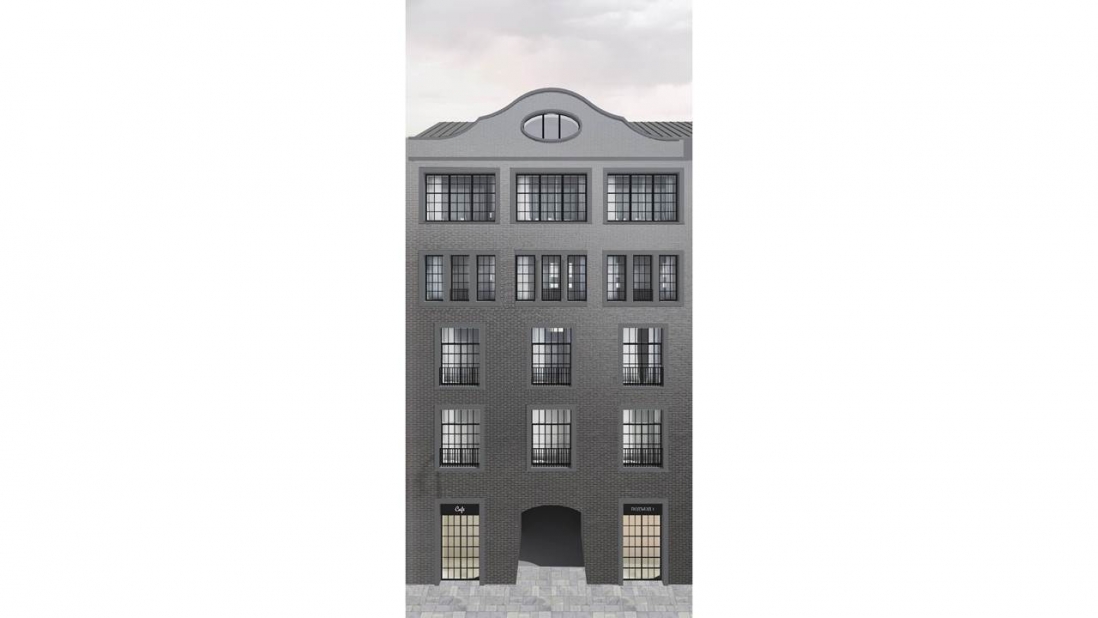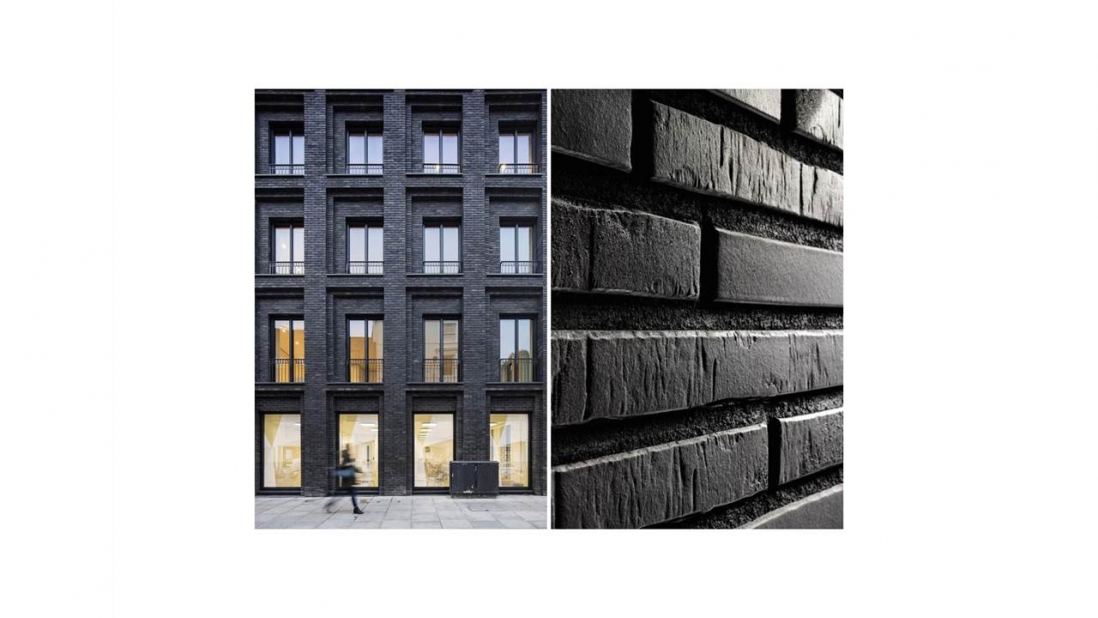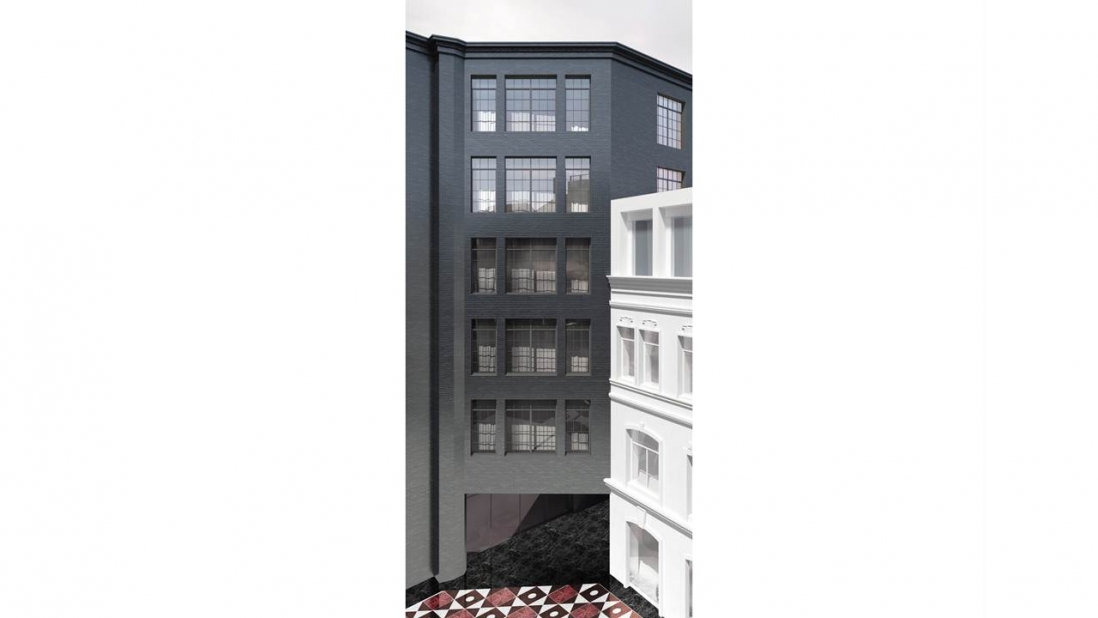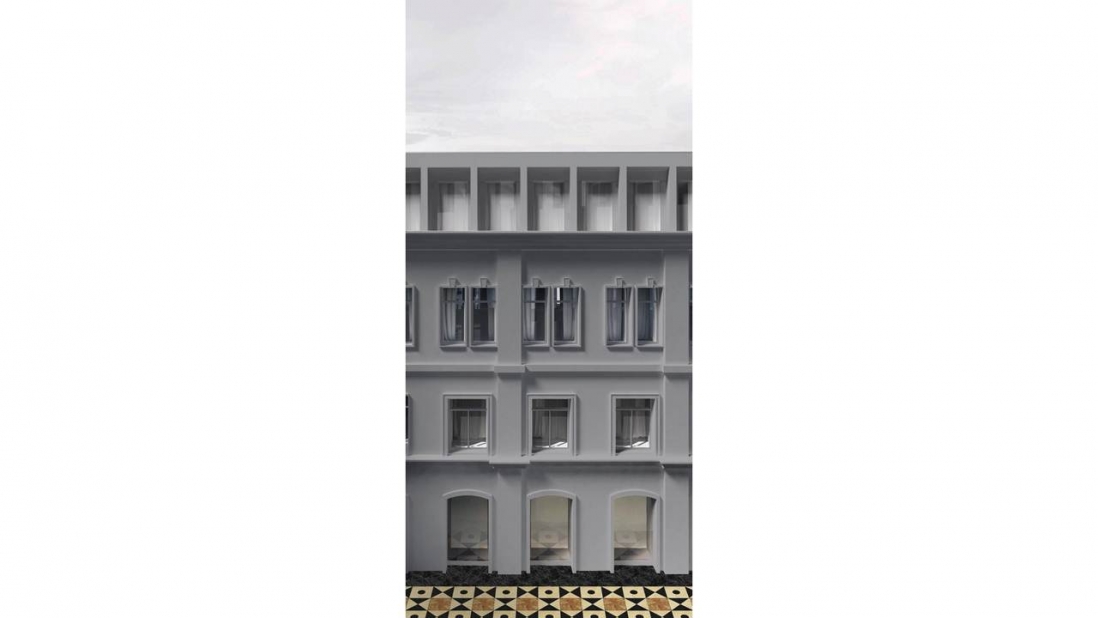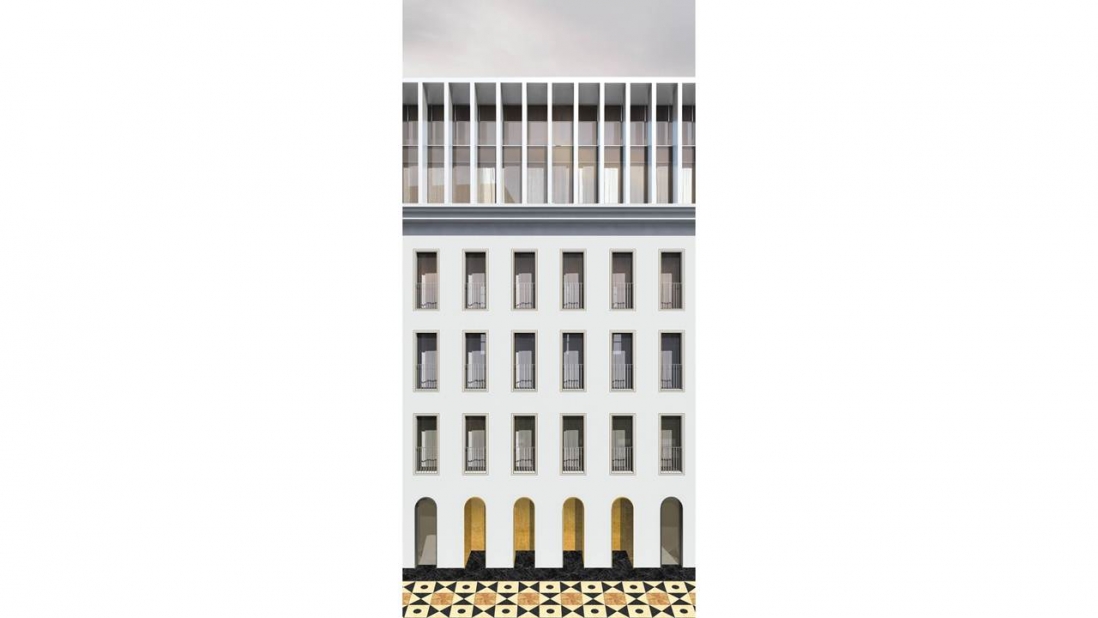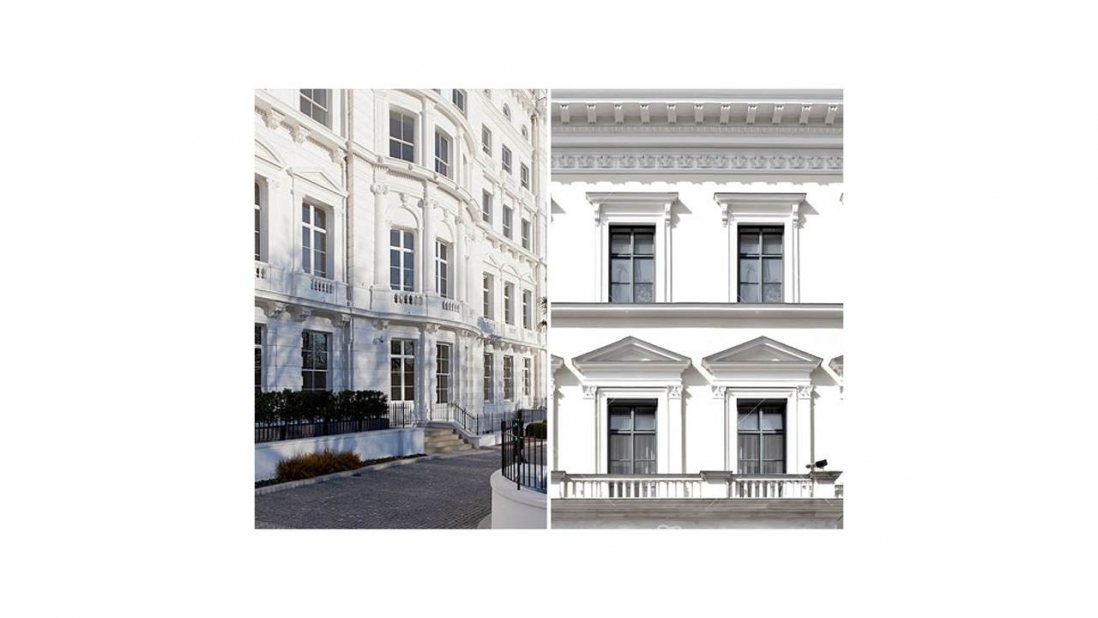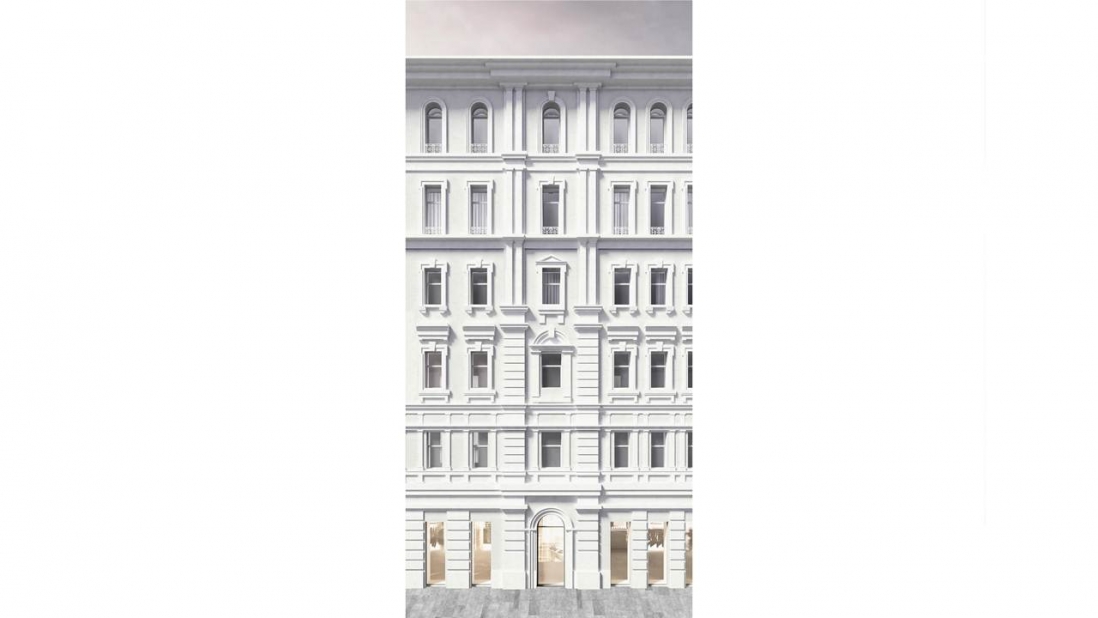Archcouncil approved regeneration project for historic buildings on Bolshaya Polyanka
The Architectural Council of Moscow has unanimously approved the project devised by AB «Tsimailo Lyashenko and Partners» for regeneration of the complex of historic buildings between Bolshaya Polyanka and Staromonetny Pereulok. The buildings are to be reconstructed into apartment blocks by disassembling the internal components while preserving their «old walls».
The project site is located in the CAO and has through passages: building 1 — a former printing house — overlooks the spit formed by Bolshaya Polyanka and Yakimansky Proezd (B. Polyanka, vl.9); it is an example of Moscow Art Nouveau style of the early XX century which has been abandoned for a long time. On the other side of Staromonetny Pereulok, not far from the Tretyakov Gallery, there is a former commercial apartment house of the early XX century. In addition to this, there are two more historic buildings with several additional buildings between them, in the back part of the quarter.
All the project buildings on the site (their total surface area is approximately 20 thousand square meters) form four separate blocks, grouped around two courtyards. They are planned to be adjusted for modern apartments, also an underground parking will be build, while preserving the «old walls». The disassembly plan concerns the inner elements and additional buildings that have no historical value as they were built later.
Each block has its own monochrome color. Thus, the building on Staromonetny Per. is proposed to have white shade. With the consent from the Department of Cultural Heritage, two floors will be added to have the same roof level with the neighboring houses. Its historic facade will be restored and will be seen from the street; the facade facing the courtyard will also be white, but it is to be more modern.
Block B is located inside the quarter and is parallel to the street; all three existing floors with well-preserved stucco moldings are to be reconstructed, and one more modern floor is planned to be built there. On the other side of the building facing the neighboring yard, the facade will have a grey shade. It was proposed to make Block C (which perpendicularly closes the quarter) graphite dark and leave dark bricks to recreate the historical pattern of windows. Finally, building 1 — the former printing house facing Bolshaya Polyanka — preserves its facade with the typical «industrial» windows and two pediments. It will get a new quality due to gray and silver brick cladding, which will create recessed plaster window frames.
All the first floors facing the street are planned to be «open» by expanding window areas to arrange public functions there. Both courtyards are accented with color — golden and reddish which match the color tone of the entrance units. According to the authors, transport patterns will remain the same: roads leading into the courtyards and underground parking from the side of Staromonetny Pereulok and Bolshaya Polyanka.
‘As a rule, if a building site is in the center, bringing it to the proper condition involves significant technical and economic proposals, and something needs to be destroyed; that’s why development in the protected areas often causes a negative reaction, even without understanding what’s going to happen. In this regard, it was important for me to raise this question at the Council meeting to show that such changes are not always for the worse. There are very interesting ways to find decisions that not only destroy but also add a contemporary quality to the territory,’ said the Chief Architect of Moscow, Sergey Kuznetsov.
Sergey Kuznetsov noted that not far from the place there are two more sites where interesting modern projects are being developed — «HPP-2» and a site at Sofiyskaya Embankment; an international architectural competition was held to choose the development concept for these projects.
The Chief Architect reminded that the buildings on the considered site do not have protection status. Nevertheless, according to Mr. Kuznetsov, it was interesting to consider such case, when an object without the status, but obviously valuable to the city, is being developed. ‘I think the work here was performed professionally and masterfully; although, unfortunately, it is a rare positive example. It’s known that in such cases the objects are just preserved, restored, or lost, and public outcry proves that we have some problems. As far as this project concerned, the experts and representatives of the Department of Heritage pointed out that in this case it’s possible not only to maintain but even improve the quality of the historic environment.’
‘We’ll get a high-quality space,’ said Evgeny Ass. ‘Instead of our favorite Moscow provincialism, it will acquire European swank and even luxury of Munich.’
‘I think it is a very delicate project. This place will become an urban space of high quality, it will be fully reorganized,’ said Alexander Kudryavtsev. The architect also advised that it would be good to have through passages in the project, and also consider the problem of noise reduction, which is often increased within courtyards-wells.
Sergey Tchoban recommended paying more attention to the «material aspect» of the project and building the additional storey on the house at Staromonetny Per. with the use of bricks. He believes that walls of the facades facing Bolshaya Polyanka should be made of hinged bricks; it’s a bad idea to imitate massive walls using ceramic tile.
Yury Grigoryan supported the project theme and highlighted that it would be much more advanced if the facades were provided with heat insulation from the inside, preserving the historical view of the house. ‘In the center of Moscow the number of old houses is rapidly decreasing, that’s why, as a Muscovite, I could see the printing house restored with glazed bricks somewhere in the ZiL area, which lacks architecture. But here, no matter how bad the facade is, the very idea of re-cladding is like a kind of a «death mask». The project would benefit if it preserves its old component.’
All things considered, Sergey Kuznetsov positively assessed the project in general and reminded that the Architectural Council should not only be the «place of execution» for bad architects, but also give a public appraisal of the good projects, form system of values and professional expertise, explain what is right and wrong.
The members of the ArchCouncil concluded that the only thing in the project to be concerned about is the future sustainability in terms of new additional floors initiated by the future tenants.


